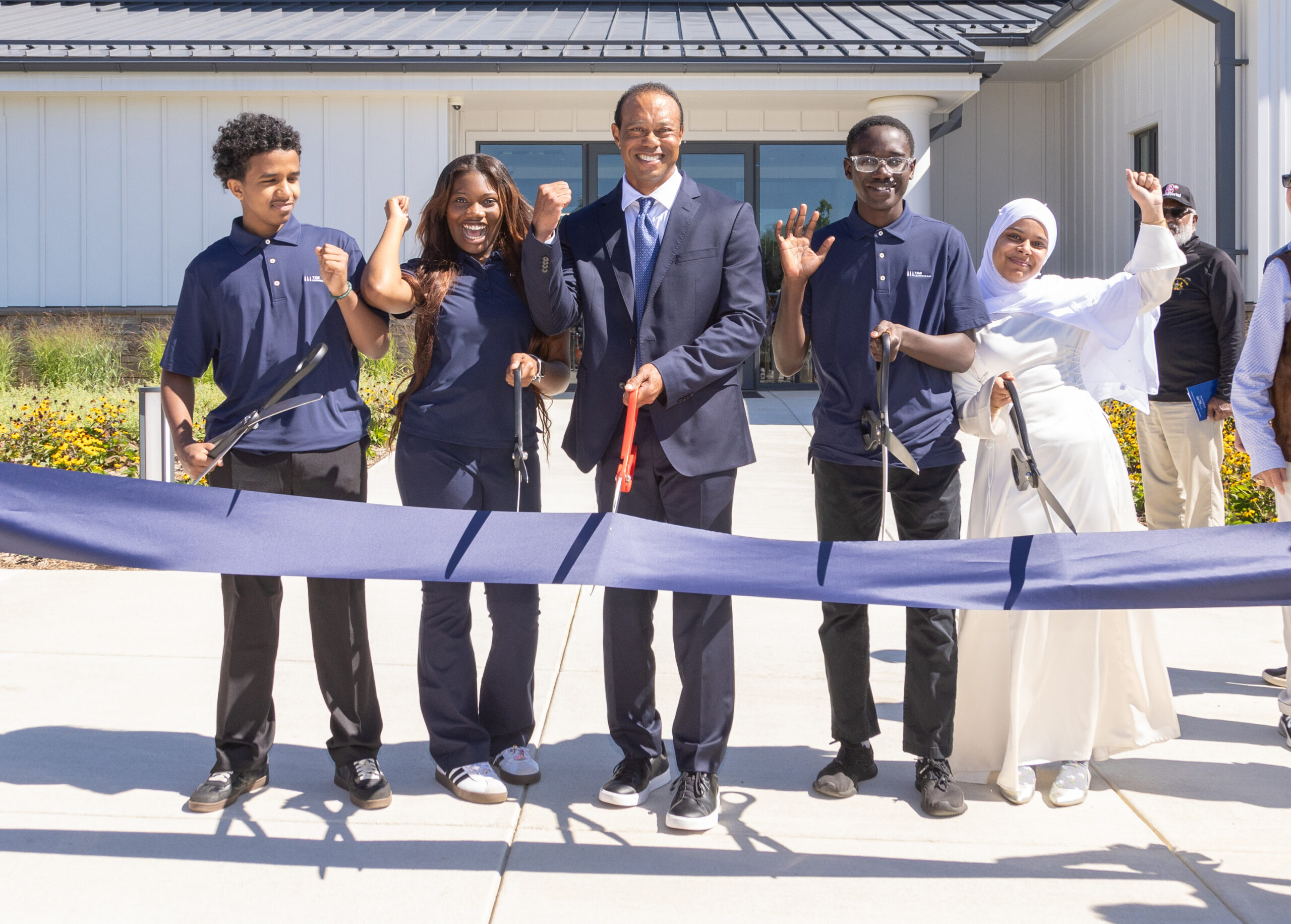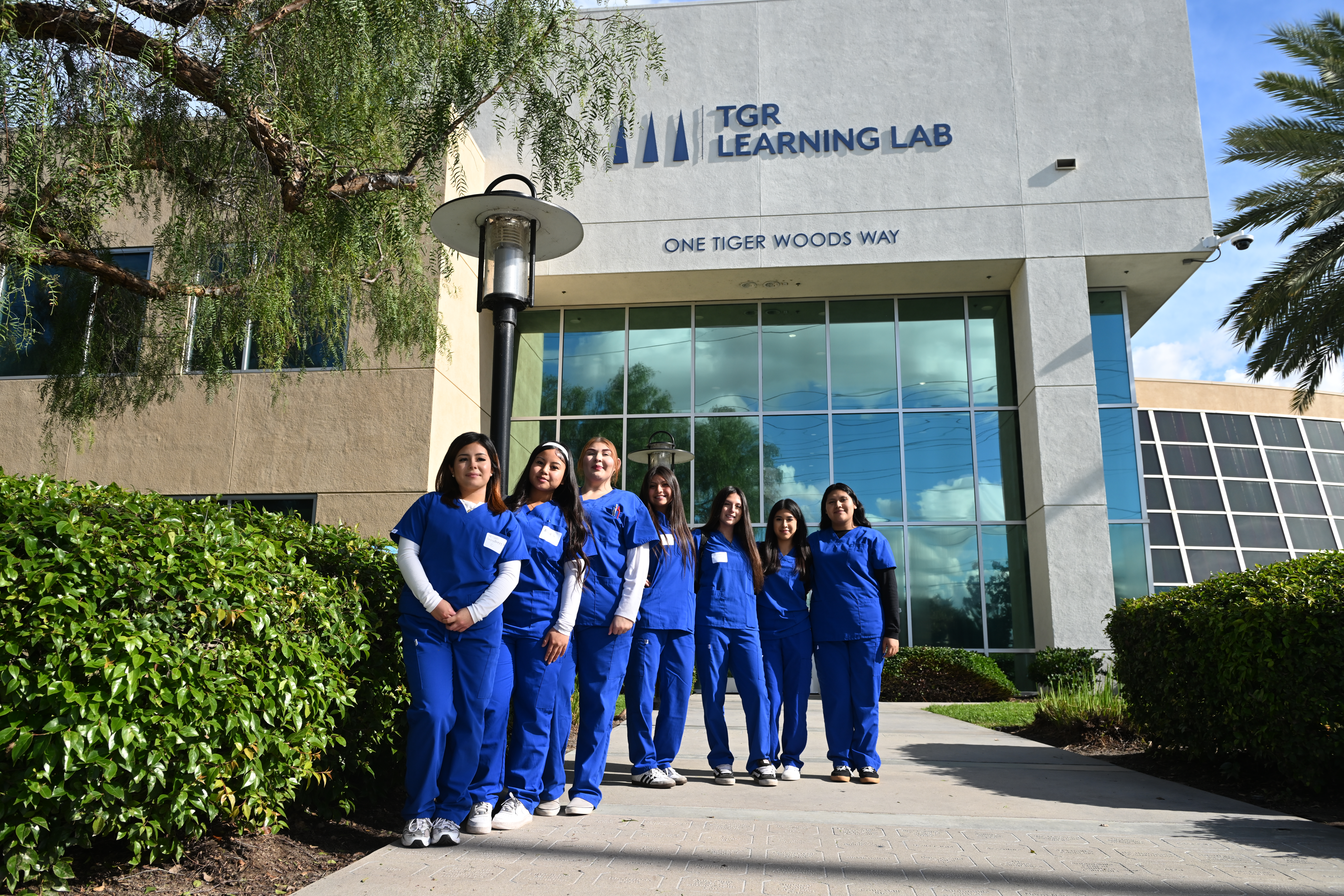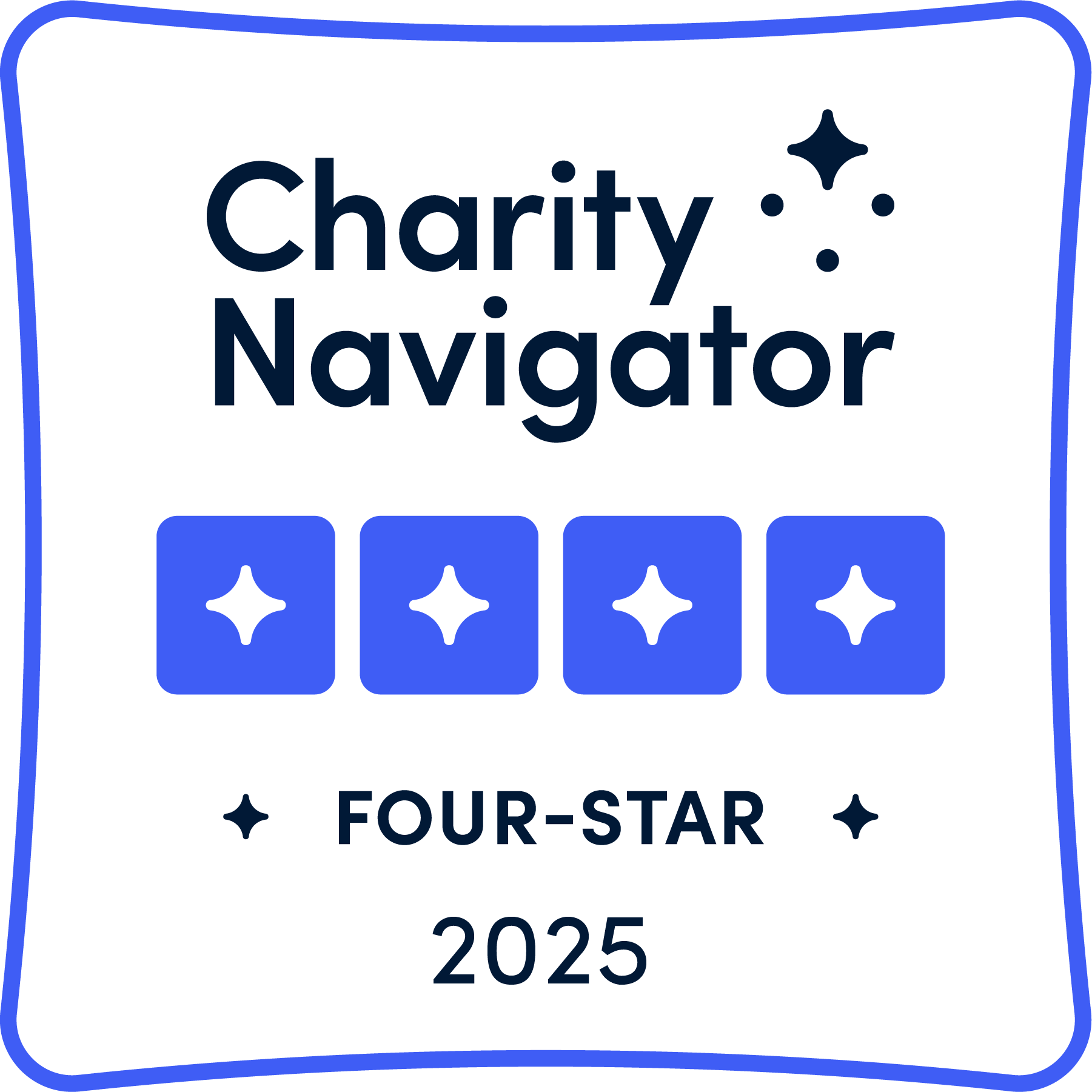Since 2012, the Samueli Foundation has stood alongside the Tiger Woods Foundation as advocates for quality STEM education for all students. Gerald Solomon, the foundation’s executive director, believes the key for our future generation’s success is intrinsically tied to how we educate our students and teachers in STEM education. Solomon, who led the design and development of the OC STEM Initiative, the nation’s first STEM Ecosystem, explains why a new teaching system is so urgent.
Since 2012, the Samueli Foundation has stood alongside the Tiger Woods Foundation as advocates for quality STEM education for all students. Gerald Solomon, the foundation’s executive director, believes the key for our future generation’s success is intrinsically tied to how we educate our students and teachers in STEM education. Solomon, who led the design and development of the OC STEM Initiative, the nation’s first STEM Ecosystem, explains why a new teaching system is so urgent.
Everyone talks about the need for a higher-skilled workforce and the need to ensure that all students have access to the education, training and mentorship they need to be prepared to join that new workforce. At the same time, industry reports suggest that we have jobs we cannot fill because our educational system is not producing a workforce that meets these needs. If that were not challenging enough, how can we as a society ensure that the next generation is provided every opportunity to thrive?
After 20 years of research by the National Academies (National Academy of Engineering, National Academy of Science and the National Research Council), their core recommendations are focused on ensuring that all students are equipped with the critical thinking, collaboration, communication and analytical tools needed to be college and career ready, and that to do so, we need to think differently about how we educate and train our students. That is where STEM (or STEAM) comes in!
STEM is not simply science, technology, engineering and math. Rather, it is the acronym that represents the critical skills, characteristics, and attributes one derives from learnings within those disciplines. In the former Industrial Age era, rote memorization and repetitive work functions were what was needed. The world has changed, and the demands on the worker, and society, must evolve accordingly. The Information Age, as Andrew McAfee states in his book “The Second Machine Age,” requires a society with a completely different skill set, which in turn requires a very different teaching system, based on inquiry, project-based learning and immersive experiential engagement.
Unfortunately, today’s education system is still producing students, and teachers, based upon former workforce and societal needs. Retooling such an institution is problematic. Given that learning is now constant, and that at any time a student can Google and access more information in five minutes than an educator can learn in a lifetime, retooling is not sufficient. How we teach and learn needs to go through a transformation.
Based upon National Academy research, and multiple demonstration projects that show great potential, the solution is the creation of a new architecture and approach to learning. This new architecture is being referred to as the STEM Learning Ecosystem. This Ecosystem approach encompasses all learning platforms from formal to informal, PreK-20, after school, industry, STEM rich institutions and the parent community to coalesce to reframe how students learn and teachers teach. This new approach is the focus of a national collaborative known as the STEM Funders Network.
For more information on this new approach, and how 27 cities across the country are developing such an architecture, go to stemecosystems.org.
Champions of the unexpected for 20 years.





